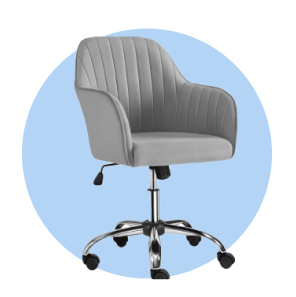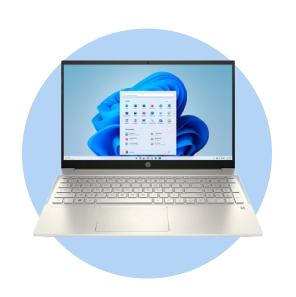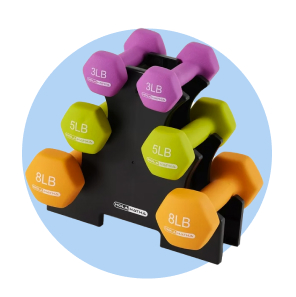
How to Create a Teacher Supplies List: 7 Factors for Administrators to Consider
Careful planning & smart budget management go a long way
As a school administrator, you’re constantly balancing the needs of your teachers and students against district guidelines and shrinking budgets. This makes it challenging to check off teachers’ school supplies lists while satisfying every educator.
Although it’s unlikely that these conditions will change with the coming school year, you can stretch your budget further with thoughtful planning and organization. Keep these seven considerations in mind to craft and fulfill a more comprehensive teacher supplies list.

7 considerations for teacher supplies lists
1. Ask teachers for input
You can’t have a teacher supplies list without teachers. Start by surveying your educators and asking them for input. What items do they need the most? What did they run short on last year? Do they have any new ideas for engaging their students? Make it clear that, while you may not be able to get everything on their classroom supplies lists, you’ll do your best to ensure they have what they need to give students a productive learning environment.
Once you know what your teachers are looking for, identify commonly mentioned items across subjects and grade levels. You’ll probably end up with a lot of staples—pens, pencils, paper and so on—but also some off-the-beaten-path supplies you wouldn’t have considered. Prioritize your shopping list into “must-haves,” “nice-to-haves” and “if the budget allows.” Once you’ve done that, you’ll have a solid foundation for your teacher classroom supplies list.
2. Break your classroom supplies list into categories
From there, categorize your shopping list even further. Put universal supplies in their own section and separate what’s left by school level (elementary, middle school, high school), grade level and subject. Get as granular as you want; there’s no such thing as being too organized.
This approach accomplishes several things. First, it ensures you’re supplying different grades and subjects equally. Once you’ve gone over budget on science projects, it’s too late to get your math teachers their “nice-to-haves.” Don’t make a single purchase until you’re confident that each of your categories is adequately represented.
3. Plan for the future
When considering your budget, don’t just think about the coming semester. Think about the next few years, too. The more items you can reuse from year to year, the more you have to spend on fresh supplies during back-to-school season. Similarly, you can check more things off your list when you buy classroom supplies that can be used in different ways for different activities.
Here are a few examples to spark your imagination:
Laminator: This one-time purchase allows your teachers to preserve worksheets, instructions and other vital classroom materials. Paper alone is bound to be torn, folded or misplaced. Laminated sheets are easier to keep track of, and you can even reuse them with dry-erase markers.
Sturdy organizers: When everything has a proper place, it’s harder for anything to slip through the cracks. Invest in durable organizers like plastic crates and caddies for each classroom. You can take that organization to the next level with an easy-to-use label maker.
Binders: With a multitude of uses across nearly every grade and subject, binders are one of the most versatile school supplies you can buy. For a relatively small cost, you can give teachers reusable tools for storing and organizing paperwork.
4. Keep technology running longer
In the modern, always-connected world, it’s normal to give students inexpensive devices like Chromebooks to keep up with their schoolwork. If the thought of buying or leasing hundreds of these computers every year keeps you up at night, there are ways to extend their longevity. Start by having your IT experts compile a list of ways to keep electronics running longer. This could include anything from battery-saving tips to simple troubleshooting techniques for teachers, which they can do on their own and even share with their students.
You also need to be prepared for when these devices stop receiving security updates. For Chromebooks in particular, that’s after eight years. It might be tempting to squeeze a few extra semesters out of obsolete devices, but a security breach will cost much more than a new computer. lf you plan and maintain your technology purchases well, you can keep them running optimally for their entire lifespans. Then you can replace them in more efficient waves and batches rather than one at a time.
5. Treat your teachers
Don’t forget you’re making a classroom supplies list for teachers as well as students. Your educators’ well-being should be a top priority; they can’t do their best if they’re not feeling their best. You can show your appreciation with a few key purchases for the teachers lounge. A new coffee maker is often at the top of their lists.
Single-cup coffee makers allow your teachers to quickly brew a cup of joe and get back to work, and they require less frequent clean-up than more complex machines. You can also boost morale by stocking up on snacks teachers can keep to themselves or share with their students.
6. Look for creative ways to stretch your budget
Getting more for your money isn’t just about the price tags on individual items. It’s about knowing all the tricks administrators use to stretch each dollar further. That might mean negotiating with suppliers or buying in bulk. It could also mean working with the local parent-teacher organization to form strategic business partnerships. Don’t be afraid to think outside the box—just because a strategy hasn’t been tried before doesn’t mean it won’t work.
7. Choose the right retail partner
Where you buy teacher supplies is just as important as what you buy. Finding the right retail partner is critical when it comes to saving time and money. Look for retailers that provide dedicated business accounts that make it easy to see your order history and stock up as necessary. Free shipping and fast delivery from local stores also go a long way.
A retailer should also have a healthy inventory of school supplies that goes beyond the basics to help you and your teachers make every school year the best one ever.
Check off your teacher supplies list at Walmart Business
If you’re struggling to balance your budget with your teachers’ needs, Walmart Business can help. With low prices and bulk buys on school must-haves, Walmart Business makes it easy to stock up and save. Already have an account? Consider upgrading to Walmart Business+ for additional savings. You’ll get free shipping with no order minimum,1 free delivery from stores on orders over $352 and 2% back in Walmart Business Rewards,3 allowing you to reinvest in your students and potentially save over $500 a year.4 Click here to learn more.
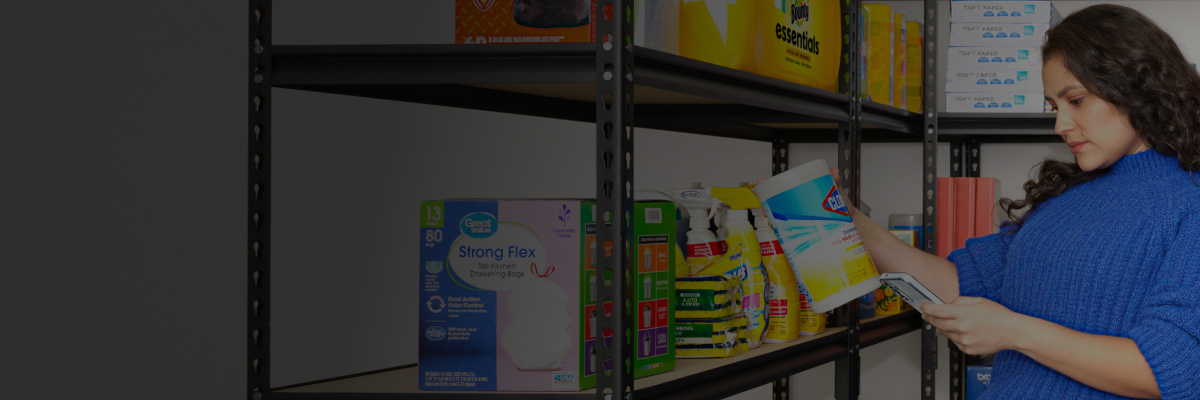
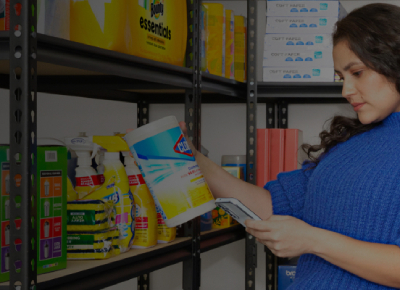
Limited-time offer
Unlock your special promo code
Stay informed on Walmart Business news & get $20 off a $100 purchase!1
1Minimum order of $100. Promo code can be used one time & may not be combined with other offers. Offer not transferable & void where prohibited by law. Customer responsible for all applicable taxes. Offer expires 12/31/2025 at 11:59pm PT. Further restrictions apply. See terms at checkout for details. Promo code offers available in limited quantities. While supplies last.
1 Excludes most Marketplace items, freight and certain location surcharges.
2 Rewards can only be used toward future purchases on Walmart Business. Additional terms apply.
3 Restrictions apply.
4 Savings based on 1 free $35+ delivery order vs. $9.95 fee and 1 free shipping order under $35 vs. $6.99 fee biweekly, plus 2% Walmart Business Rewards on monthly order >$250 (average value of $400).
Exciting news awaits
Hear firsthand about new products, features & promotions.
By clicking submit, you agree to receive emails about Walmart Business and acknowledge you have read and agreed to our Terms of use and Privacy Policy.



